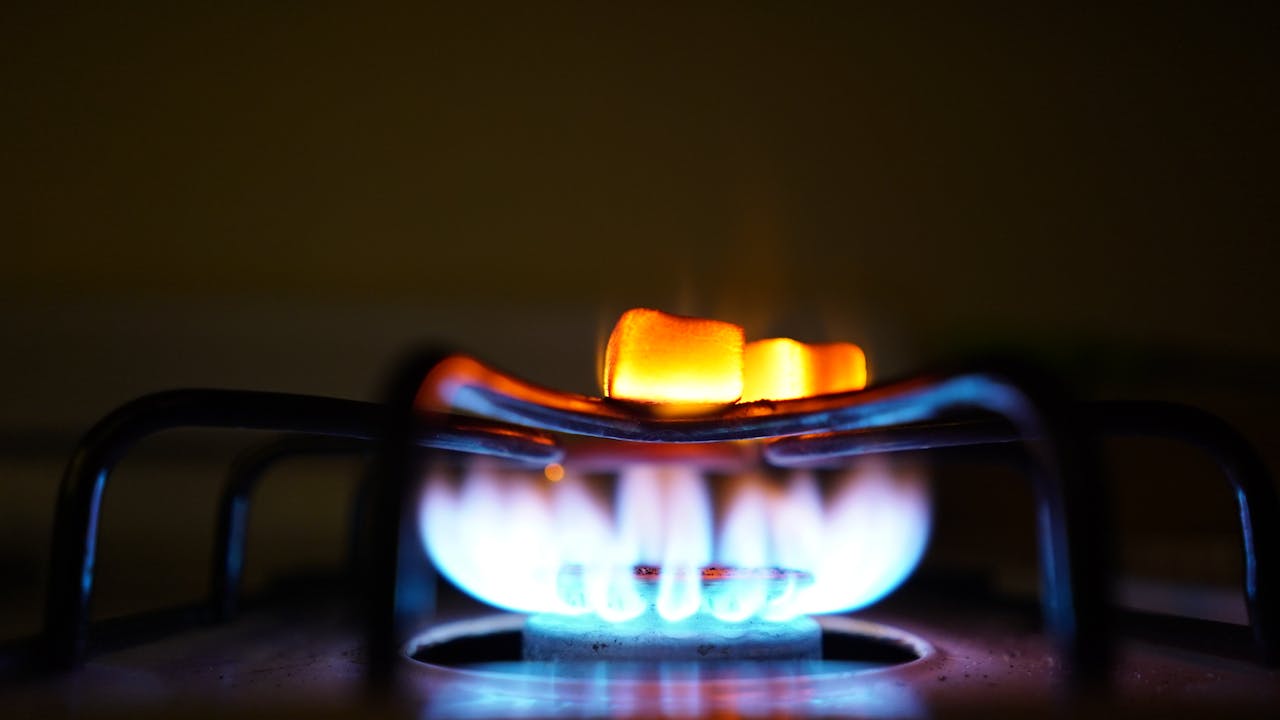
One crucial benefit of being at home is feeling shielded from the dangers lurking in the outside world. However, the home isn’t always a safe space if the right measures are not taken, as data states that 40% of US homes have one or more health and safety hazards. What makes this even more concerning is that they are undetectable without the right tools. This discussion sheds light on four toxic gases that may be lingering in your home and threatening your well-being so that you can take action to keep your home and family safe.
- Carbon monoxide
Many blogs discussing safety in homes describe this gas as a ‘silent killer.’ It is colorless, odorless, and stealthy but can cause the greatest health problems that lead to accidental deaths at home. The CDC reports that 420 people die annually from carbon monoxide poisoning from no other place than in their homes. The incomplete combustion of fuels like oil, gas, and wood produces this dangerous gas. It can seep into your home through blocked chimneys, faulty appliances, or running your car in a garage attached to your dwelling place. This gas thrives in places where ventilation is poor or minimal.
Additionally, houses without the right gas detection tools are more susceptible to carbon monoxide poisoning. Symptoms of exposure to this gas include frequent headaches, dizziness, and nausea. You can safeguard your household by installing carbon monoxide detectors in strategic locations in your home. Install one on each floor if you live in a story-building home.
- Methane
Methane is a highly flammable natural gas that poses a great danger if left uncontrolled or undetected. Methane is the main component of natural gas, making it even more likely to come into contact with it in your home. It’s worth noting that poorly maintained heating systems can release methane gas into your home and pose fire hazards. Even your home’s gas lines can release methane if they develop leaks that aren’t attended to in time. The common symptoms of methane exposure are dizziness, headaches, and chronic fatigue. Upon careful observation, you will realize that the symptoms are similar to reactions to other dangerous gas exposures. That is why you need the correct detection systems to determine the exact gas your home is dealing with. Once again, install these devices in strategic locations in your home. In the meantime, regularly inspect your home’s gas appliances for leakages and call the right services if methane release is detected. However, do not stay around waiting for the professionals to arrive. It would be best to evacuate your home immediately before emergency services arrive.
- Radon
Radon is a naturally occurring radioactive gas few people know about. It seeps into your home through the ground, which makes you wonder how that happens and the possible causes. Science explains that radon is a byproduct of uranium decay in rocks and soil underneath your home where the foundation is laid. Because radon is a gas, it climbs up from the ground and stays within your walls until some cracks and openings inadvertently grant access to your home, still posing a risk even when your foundation is solid. That explains why you should test for radon levels in your home because it’s impossible to detect something invisible and without any discernible odor. Fortunately, you will find radon detection kits in local or county health departments. In many cases, however, it is best to rely on radon mitigation professional services to provide accurate testing and correct elevated levels. Some radon mitigation measures include installing vent pipes and fans to redirect this dangerous gas away from your home.
4. Volatile organic compounds
Thanks to increased access to information, many households are aware of VOCs and the dangers they pose to health and safety. These gases are emitted from household products like new furniture, cleaning supplies, and the most common ones – paints. Limited exposure to VOCs causes short-term effects; however, the same cannot be said for long-term VOC exposure. You can mitigate VOC exposure in your home by opting for household products with extremely low or zero emission rates.
Additionally, be deliberate in maintaining proper ventilation in your home. That can be done by opening windows for fresh air exchange and using air purifiers with activated carbon filters. Some indoor plants like Peace Lilies and Spider plants perform a good job absorbing VOCs in your home. Consider any of these measures or apply all for the best results.
It would help to read more about these invisible threats and protect your family from the lurking indoor dangers.



